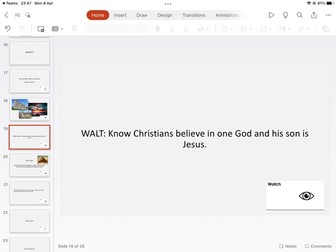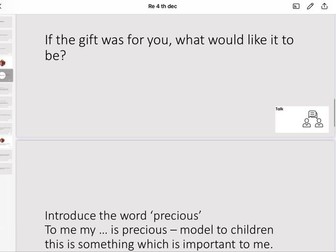Float or sink Year 1 science
<p>Science sheet for Ks1/eyfs exploring floating and sinking.<br />
This resource allows children to sort objects into those that float and those that sink, by performing a simple test with objects and a bowl of water.<br />
Children can then draw the object and tick whether it float or sunk.<br />
This resource is a tick sheet for children to use in provision or within a lesson.</p>
















